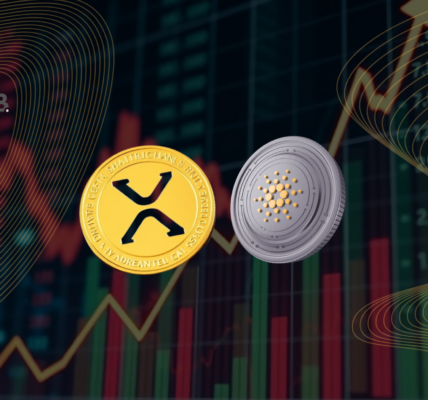Key Points:
- ESMA Confirms No Explicit Ban: The European Securities and Markets Authority (ESMA) stated that MiCA does not explicitly prohibit custody and transfers of non-compliant stablecoins.
- Binance Moves to Delist Non-Compliant Stablecoins: Despite delisting, Binance will still support deposits and withdrawals of these stablecoins after March 31.
- Ongoing Confusion Over MiCA Rules: The interpretation of MiCA regulations continues to create uncertainty in the crypto industry.
ESMA Clarifies Stablecoin Rules Under MiCA
The European Securities and Markets Authority (ESMA) has provided new insights into the treatment of stablecoins that do not comply with the Markets in Crypto-Assets Regulation (MiCA). While certain regulatory restrictions apply, the ESMA clarified that custody and transfers of non-compliant stablecoins, including Tether’s USDt, are not explicitly prohibited under the new framework.
Binance to Delist Non-Compliant Stablecoins
On March 3, Binance announced plans to delist nine non-MiCA-compliant stablecoins, including Tether’s USDt, for users in the European Economic Area (EEA). However, the exchange stated that it would continue supporting deposits and withdrawals of these stablecoins even after the delisting on March 31.
ESMA’s Stance on Custody and Transfers
In a statement to Cointelegraph on March 4, an ESMA spokesperson clarified:
“Under MiCA, custody and transfer services do not in themselves constitute an ‘offering to the public’ or ‘seeking admission to trading’ of non-compliant asset-reference tokens or e-money tokens.”
This means that while trading restrictions apply, holding and transferring these stablecoins remain within regulatory bounds.
MiCA Compliance Confusion Continues
Despite ESMA’s clarification, uncertainty remains regarding how crypto asset service providers (CASPs) should handle non-compliant stablecoins. While MiCA does not explicitly restrict custody and transfers, the regulatory body has urged CASPs to prioritize restricting services that facilitate acquisitions of such assets.
Additionally, referring to its January 17 guidance, ESMA emphasized that CASPs can maintain “sell-only” services until March 31, allowing investors to exit their positions.
Broader MiCA Challenges
MiCA’s rollout has sparked debates beyond stablecoin delistings. Experts have raised concerns about its lack of clarity on tokenized real-world assets, cryptocurrency staking, and other industry sectors. Juan Ignacio Ibañez, a member of the MiCA Crypto Alliance’s Technical Committee, previously noted that MiCA’s impact on USDt delistings has been widely debated.
As the crypto industry navigates MiCA’s evolving regulatory landscape, ESMA and national regulators continue to monitor market developments to ensure an orderly transition to the new framework.
Conclusion
While ESMA’s statement clarifies that MiCA does not outright ban stablecoin custody and transfers, the broader regulatory uncertainty leaves crypto businesses and investors seeking further guidance. As Europe’s new crypto laws take effect, industry players must stay vigilant in adapting to ongoing regulatory updates.















